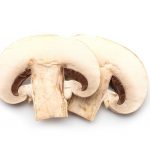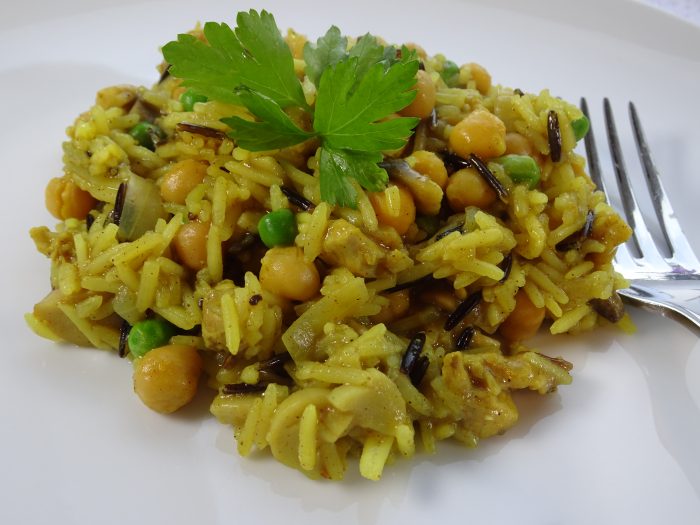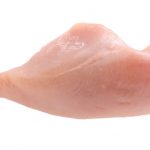A truly delicious budget dish that the whole family will enjoy. Don’t feel you need to stick to the recipe precisely; experiment with other spices, or different meats and vegetables; whatever you have!
Skills Check
Follow a recipe; follow food safety & hygiene rules; tidy away; use measuring spoons and cups; chop using the bridge /claw technique safely; crush garlic; use the hob (with adult supervision).
Allergens
May contain sulphites
(Please note the allergens listed are indicative only. Allergens vary depending on brand; check the labels on the products you use.)
Equipment
Large pan, wooden spoon, chopping board, knife, tin opener, garlic crusher (optional), tablespoon, measuring jug, fork, measuring spoons.
Ingredients (serves 4):
- 1 tbsp vegetable oil
- 200g chicken
- 1 onion
- 300g mushrooms
- 50g frozen peas
- 1 tin chickpeas, drained
- ½ tsp ginger
- 1 tsp garlic granules
- 1 tsp turmeric
- 1 tsp coriander
- 1 tsp turmeric
- 1 tsp cinnamon
- 200g basmati rice
- 2 reduced salt chicken stock cubes
Method
- Prepare the ingredients. Peel and dice the onion, peel or wash the mushrooms, destalk them and cut into thick slices. Cut the chicken thighs in small strips or cubes and drain the chickpeas.
- Rinse the basmati rice in cold water
- Dissolve 2 chicken stock cubes in 600ml of boiling water and stir to make a stock
- Heat 1 tablespoon of oil in a pan. Add the chicken and cook for 4-5 minutes
- Add the onions, mushrooms and chickpeas and cook for a further 4 minutes.
- Add all the spices, cook for a further minute stirring until everything is covered in the spices
- Add the rice, peas, stock and stir well
- Cook for 5 minutes then turn the heat down and simmer for a further 15 minutes – or until all the liquid has been absorbed.
So thinking about Chicken and Mushroom Pilaf ...

Mushrooms are low in calories, virtually fat-free and a source of dietary fibre. They are also a source of B vitamins which help us to “metabolise” or use/unlock the stored energy in our food.
Nutritional Information
| - | Energy | 1517kJ / 359kcal | 18% |
| Low | Fat | 6g | 9% |
| Low | Saturates | 0.9g | 5% |
| Low | Sugars | 3.7g | 4% |
| Low | Salt | 0.12g | 2% |
per 293g serving
% of an adult's reference intake
Typical values per 100g: Energy 518kJ /123kcal
Notes
A traffic light system is used on nutrition labels to make it easier to see which foods and drinks are lower in calories, fat, sugar and salt. Try and choose more ‘greens’ and ‘ambers’ and fewer ‘reds’, and stick to smaller portions of ‘reds’.
Just because a recipe or a food has a red traffic light doesn’t mean you shouldn’t eat it. Understanding why a food or recipe might have a red light can be helpful. For example oily fish is high in total fat and so any recipe containing oily fish is likely to be ‘red’ for fat. But it is recommended that we eat oily fish at least once a week because the type of fat it contains is beneficial for our health.
% Reference Intakes are also shown. Reference Intakes are guidelines about the approximate amount of particular nutrients and energy required for a healthy diet (based on an average-sized woman doing an average amount of physical activity). Most children will require less than these Reference Intakes. The contribution of one serving of a food or drink to the Reference Intake for each nutrient is expressed as a percentage.




